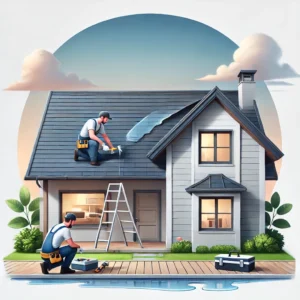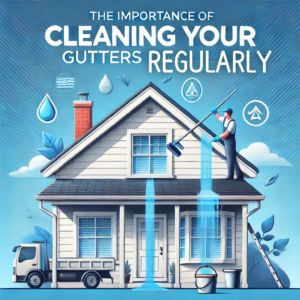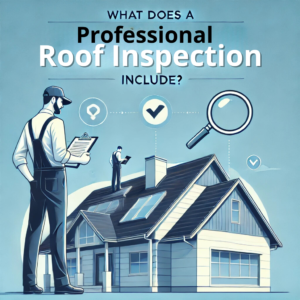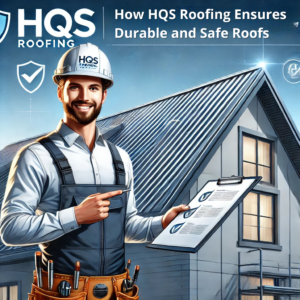Storms can cause significant damage to roofs, and it’s crucial to identify and repair these damages as soon as possible to prevent bigger problems. Here’s a step-by-step guide to detecting roof damage after a storm.
1. Visual Inspection from the Ground
Before climbing onto the roof, perform a visual inspection from the ground. Look for missing, broken, or displaced shingles. Also, check for any foreign objects, such as tree branches, that may have fallen onto the roof.
2. Check Gutters and Downspouts
Gutters and downspouts can accumulate debris during a storm. Check for a buildup of leaves, branches, or even pieces of shingles. A large amount of shingle granules in the gutters can indicate significant wear.
3. Inspect the Attic
If you have access to the attic, check the interior of the roof. Look for water stains, mold, or any signs of leakage. Daylight shining through the roof can also indicate holes or cracks.
4. Climb the Roof with Caution
If you decide to climb onto the roof, do so with great care. Use a secure ladder and, if possible, have someone accompany you. Closely inspect the shingles for cracks, dents, or any visible damage. Pay special attention to areas around chimneys, vents, and other penetrations.
5. Check Seals and Joints
The seals and joints around chimneys, vents, and skylights can loosen or get damaged during a storm. Ensure they are intact and well-sealed.
6. Seek Professional Help
If you find significant damage or do not feel comfortable performing the inspection, it’s best to contact a professional. A roofing contractor can conduct a detailed inspection and recommend necessary repairs.
Conclusion
Detecting and repairing roof damage promptly can save you a lot of money and trouble in the long run. After a storm, take the time to inspect your roof and, if necessary, seek professional help to keep your home safe and protected.

💧 The 5 Most Common Causes of Roof Leaks and How to Fix Them

🌧️ The Importance of Cleaning Your Gutters Regularly

🏠 New Roofing Technologies: What You Need to Know in 2024

🏠 What Does a Professional Roof Inspection Include?

🏠 How Much Does It Really Cost to Replace a Roof?




